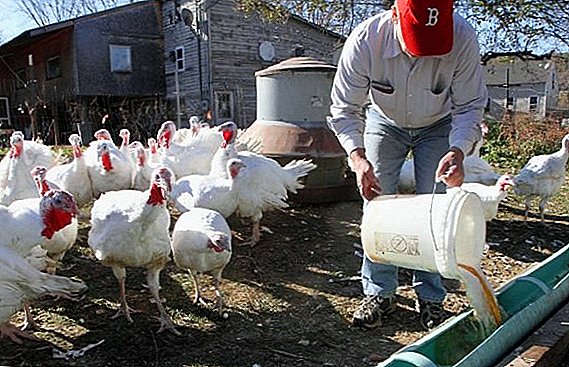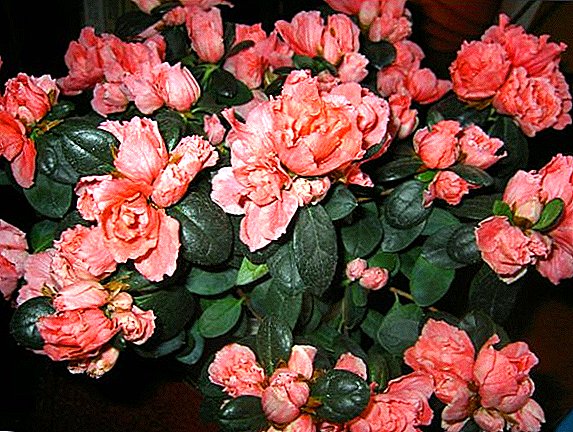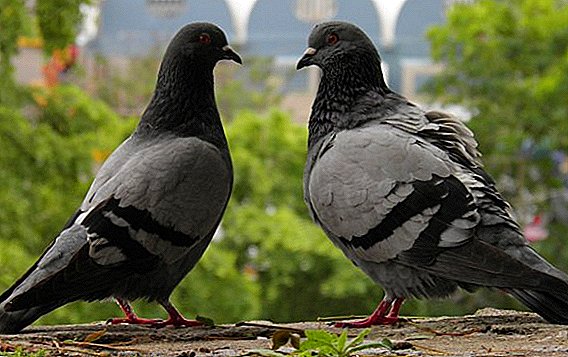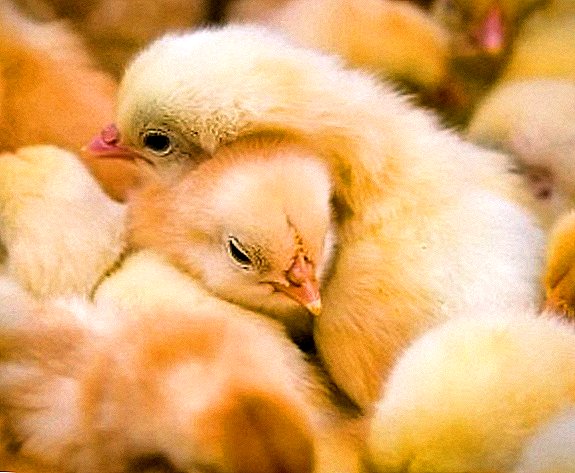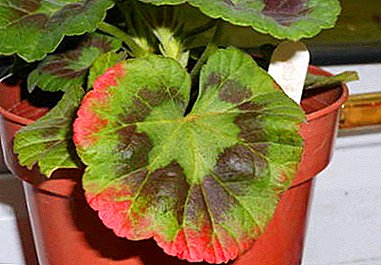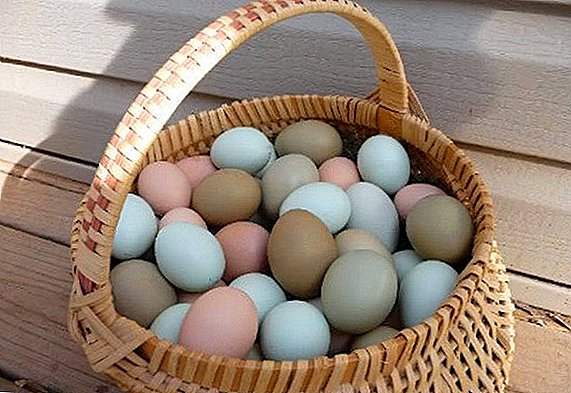 In nature, there are hens that carry blue eggs. This is not a myth or fiction: it happens because of a mutation of the gene responsible for the production of bilirubin. The mutation occurred as a result of the postponed infection with the EAV-HP retrovirus, which introduced its genome into the DNA of chickens. There are four breeds of chickens that have a mutation: Olive eggers, Araucana, Legbar and Ameraukana. The last of them is gaining increasing popularity.
In nature, there are hens that carry blue eggs. This is not a myth or fiction: it happens because of a mutation of the gene responsible for the production of bilirubin. The mutation occurred as a result of the postponed infection with the EAV-HP retrovirus, which introduced its genome into the DNA of chickens. There are four breeds of chickens that have a mutation: Olive eggers, Araucana, Legbar and Ameraukana. The last of them is gaining increasing popularity.
Breed origin
Ameraukana is a relatively new breed of chickens. The American Poultry Association adopted the Ameraukan as a breed in 1984. Before the standard was adopted, the term "ameraukana" was used as a synonym for Easter chickens (carrying colored eggs).
Did you know? Earlier in Russia, the chicken was called "chick", and her cub was called "chick", and the rooster was called "chicken."The breed appeared as a result of crossing Ararakan chickens introduced into the United States from Chile and local American chickens.

Character and behavior
Ameraukany very energetic and inquisitive. May be kept both in free range and indoors. The first method of content is more suitable. Females are sociable, they quickly get used to people and can be quite tame. The situation is different with males: they can be quite aggressive, arrange fights among themselves and attack people. In this regard, it is often necessary to keep them locked up. Breeders are advised not to leave such males for further breeding. Maternal instinct in females is practically absent.
Familiarize yourself with the best representatives of the breeds of hen egg.
External characteristics of ameraukany
The American Poultry Association has established a list of external characteristics of Ameraukana chickens:
- red-brown or red eyes;
- red earrings for males and pale, but not white, for females;
- bent powerful beak;
- tail is small, arcuate;
- big wings;
- comb pea-shaped, begins at the base of the beak;
- no sideburns (typical of araukans);
- hoisted widely set, naked, without feathers. Depending on the plumage of the chicken, it can be gray and white;
- the color of the eggs is only blue.
Learn more about the breeding of Legbar and Araucana chickens, which also carry blue eggs.

Did you know? In the history of the chickens carrying blue eggs are mentioned since 1526.
Colors
According to the American Poultry Association standard, there are 8 primary colors. For each color there are requirements for the color of the fingers and plus.
Wheat blue
Manifested by mixing blue, black and wheat color. 
Wheat
In this color feathers have a delicate wheat color without reflux. 
Red brown
This color is the most common.
The most egg-bearing breed is considered to be the chickens of Leggorn.
Blue
Blue color should be accompanied by a shale-gray plus sign, and the feet and lower side of the fingers should be white. 
Lavender
The coloring obtained recently by the breeders, while it is quite rare and valuable. The list of American Poultry Association standard colors for ameraukany not yet included. Hocks - dark gray. 
Silver
Silver in this case cast feathers on the neck and breast. The rest of the body has a black plumage. 
The black
The black color is not true black. It is characterized by a blue or bluish tint. 
Dark yellow
In this color, any blotches of other colors are excluded. 
White
White Ameraukans have a gray-shale color plus and white feet. 
Breed features
Amerakany begin to sweep early, from about 6 months. The period of productivity in females is 2 years. Possess high egg production, up to 250 eggs per year. This breed is meat and egg. This means that, in addition to good egg production, they have a high mass: females in weight can reach 2.5-3 kg, males - 4 kg. They love to bathe in the dust.
The main feature of these chickens are eggs of an unusual color. The shell has an unusual color, not only outside but also inside.
Important! Although there is a perception that the eggs of these chickens do not contain cholesterol and are more dietary, recent studies in this area do not confirm this fact.
Advantages and disadvantages
Like any breed, ameraukana has its pros and cons.
Benefits:
- eggs of decorative, unusual color;
- decorative appearance of the hens themselves;
- high taste and nutritional characteristics of eggs;
- unpretentious to feed;
- tolerate cold;
- gain weight in a short time;
- not prone to obesity;
- resistant to many diseases;
- representatives of this breed ripen very quickly, and early start laying eggs.
We recommend to learn about the breeding of dugih egg breeds of chickens: Minorca, Ukrainian Ushanka, Blue Aurora.
 Disadvantages:
Disadvantages:
- at the age of 10 days the chicks are not strong;
- aggressive roosters;
- high probability of buying unclean chickens;
- do not tolerate drafts;
- maternal instinct is poorly developed, reproduction is possible only by incubation.
Important! This species does not tolerate drafts and dampness. This should be considered when equipping a chicken coop.
Reviews








